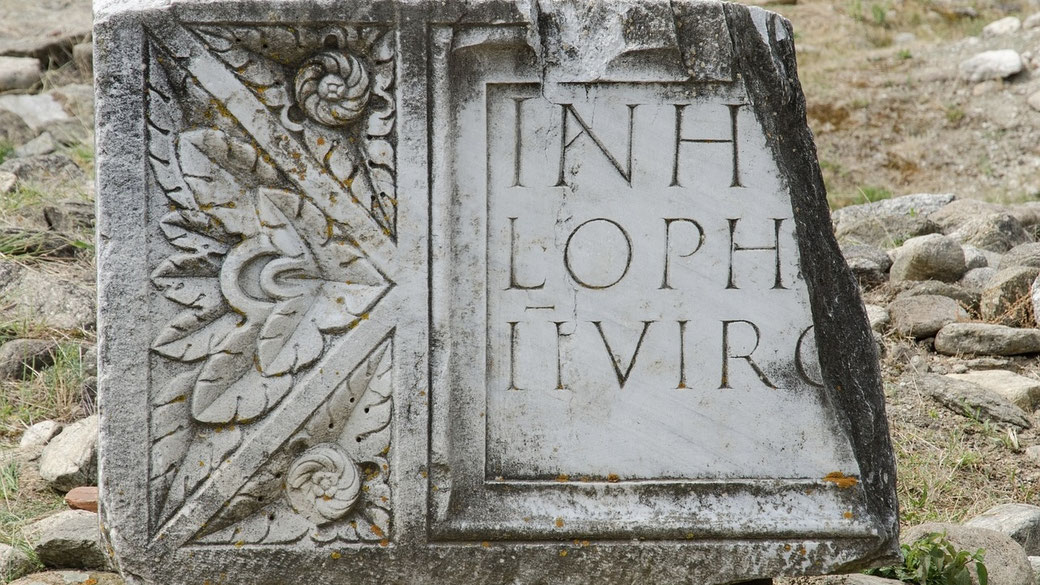Why did ancient Romans have three names?

When you think of the ancient Romans, you may imagine togas, gladiators, and a complex system of government.
However, there is one aspect of Roman society that may puzzle you: why did they have three names?
For example, Julius Caesar's full name was actually: Gaius Julius Caesar.
Why was this the case? Did they just want to make things more complicated and what exactly were these names for?
Explaining the tria nomina
The Roman naming system was known as tria nomina and it consisted of three names: the praenomen, nomen, and cognomen.
The praenomen was the first name and was used to identify individuals within their family.
The nomen was the family name, which indicated a person's gens or clan.
Finally, the cognomen was a nickname or personal identifier that distinguished individuals within their gens.
The tria nomina was an important aspect of Roman society, as it allowed individuals to be identified not only by their personal attributes but also by their family and social connections.
It was a way of showing respect for one's ancestors and preserving the family's legacy.
The use of the tria nomina was not universal in ancient Rome, and there were some variations in its application based on social status and region.
However, it was the standard naming convention for Roman citizens of the upper classes.
1. The praenomen
The praenomen was the first of the three names of a Roman citizen.
It indicated the person's individual identity and family branch.
The praenomen was usually inherited from the father or grandfather, and there were only a limited number of praenomina in use.
Some common examples are Marcus, Lucius, Gaius, and Quintus.
2. The nomen
The nomen was the second part of the name of a Roman citizen. It indicated the gens or clan to which the person belonged.
For example, Julius Caesar belonged to the gens Julia, and his nomen was Julius. The nomen was usually derived from an ancestor's name or a characteristic of the clan.
The nomen was inherited from father to son and was shared by all members of the same gens.
The nomen was also used to form the feminine version of the name by adding -a or -ia. For example, the daughter of Julius Caesar would be called Julia.
3. The cognomen
The cognomen was the third and final part of a Roman citizen's name in ancient Rome. It was originally a nickname that reflected a person's characteristics, achievements, or origin.
The cognomen could also indicate membership in a branch of a large family, such as Scipio Africanus, who belonged to the Scipio branch of the Cornelii family and was famous for his victories in Africa.
The cognomen became more important as a way of distinguishing individuals and expressing personal identity in the Roman society.
Why is there sometimes a fourth name?
Some rare Romans earned a fourth name, called an agnomen. It was a type of nickname that was added to the name of a Roman citizen to commemorate a notable achievement or personal characteristic.
Unlike the praenomen, nomen and cognomen, which were part of the formal name of every Roman, the agnomen was not inherited and was usually given by the senate or the people.
For example, Publius Cornelius Scipio Africanus earned his agnomen after his victory over Hannibal in Africa during the Second Punic War.
Some agnomen became hereditary and were passed on to the descendants of the original bearer, such as Caesar, Augustus and Germanicus.
Women's names
In Ancient Rome, women's names were usually derived from their father's or husband's name.
For example, if a man named Marcus Tullius Cicero had a daughter, she would be called Tullia.
However, this system could be confusing when there were many women with the same name in the same family.
To distinguish them, they could use ordinal numbers (such as Tullia Prima, Tullia Secunda, etc.).
Now you know
So why did the ancient Romans have three names? The answer lies in their society's emphasis on family and social status.
The tria nomina allowed individuals to be identified not only by their personal attributes but also by their family and social connections.
It was a way of showing respect for one's ancestors and preserving the family's legacy.
What do you need help with?
Download ready-to-use digital learning resources
Copyright © History Skills 2014-2025.
Contact via email
With the exception of links to external sites, some historical sources and extracts from specific publications, all content on this website is copyrighted by History Skills. This content may not be copied, republished or redistributed without written permission from the website creator. Please use the Contact page to obtain relevant permission.





